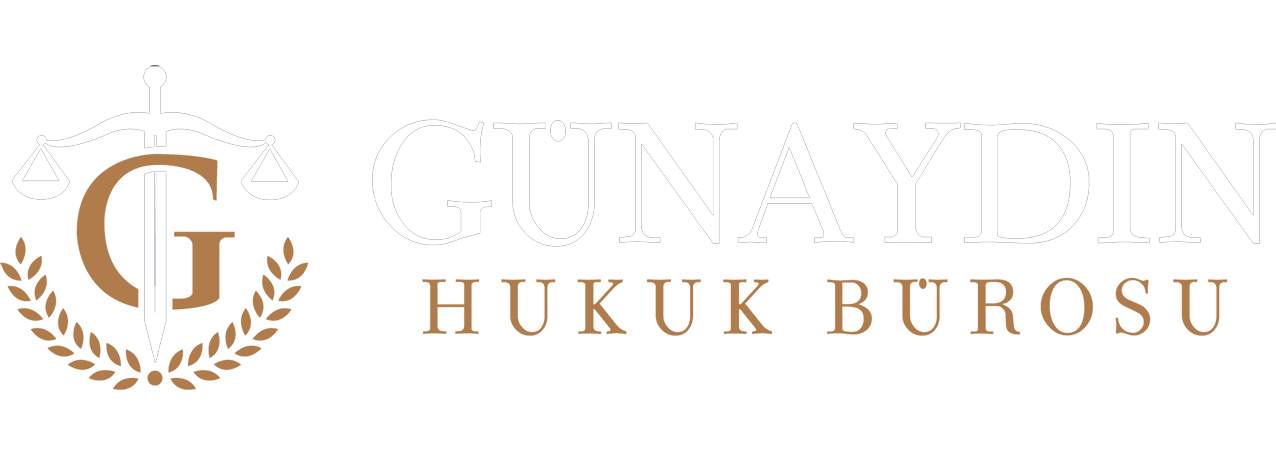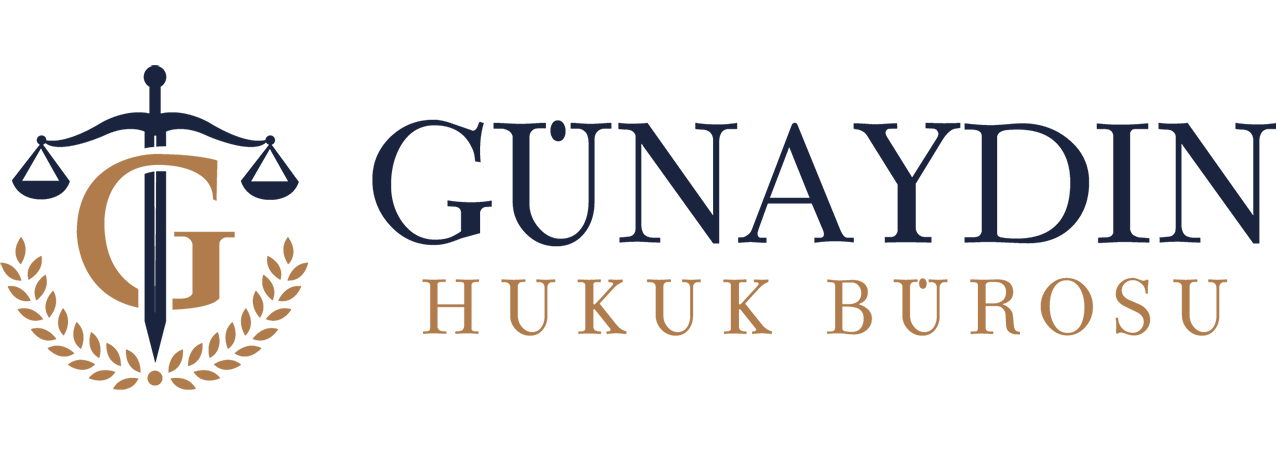Structures Threatening the Peace of Society
Organised crime organisations, which have recently come to the agenda with operations with code names such as “Cage” and “Mahzen” conducted by the Ministry of Interior, are among the most dangerous structures that threaten the peace of society and public order. These organisations systematically commit many crimes such as intentional killing, wounding, looting, threats and usury in order to obtain unjust gains through illegal means. So, when does our legal system define an organisation as an “organised criminal organisation” and how does it combat these structures? In this article, we will examine the legal definition of organised crime organisations, the penalties stipulated in the TPC and the special investigation methods used in the fight against these crimes.
Legal Definition of Organised Crime (TCK 220)
In order for a formation to be considered an “organisation” within the scope of TCK 220, it must have certain elements, which are also shaped by the jurisprudence of the Court of Cassation:
- Number of Members: Must consist of at least three members.
- Hierarchical Structure: There must be a hierarchy, albeit loose, based on a superior-subordinate relationship among the members. There should be a chain of command between the organisation’s leader, managers and members.
- Continuity (Continuity): The organisation must continue its existence with the aim and potential to commit crimes in the future, unlike a momentary criminal partnership.
- Determination to Commit Purposeful Offences: The raison d’être of the organisation is to commit the acts defined as crimes in the law. This purpose is the basic unifying element of the organisation.
- Suitability: The organisation must have a suitable structure in terms of the number of members, tools and equipment (weapons, money, etc.) to commit the crimes it aims to commit.
A structure that meets these conditions, even if it has not yet committed any offences, constitutes an offence within the scope of TPC 220 by its mere existence. This is called a “danger crime”, meaning that the law punishes the existence of the organisation without waiting for the crime to be committed.
Crimes and Penalties Committed within the Scope of Organisation
TPC 220 provides for different penalties for different levels of participation in the organisation:
- Establishing or Leading an Organisation (TCK 220/1): Those who establish or lead an organisation are punished with imprisonment from four to eight years. If the organisation is armed, this penalty is increased by one-sixth to one-half.
- Being a Member of an Organisation (TCK 220/2): Members who are included in the hierarchical structure of the organisation and act knowingly and willingly for the purpose of the organisation shall be sentenced to imprisonment from two to four years.
- Knowingly and Willingly Aiding the Organisation (TPC 220/7): Persons who do not belong to the hierarchical structure of the organisation but knowingly and willingly assist the organisation (e.g. providing space, supplying weapons, laundering money) are punished as members of the organisation.
- Committing a crime on behalf of an organisation (TCK 220/6): A person who commits a crime on behalf of an organisation without being a member of the organisation shall also be punished for the crime of being a member of the organisation.
- Increased Penalties: If a separate crime (murder, looting, etc.) is committed within the framework of the activities of the organisation, the perpetrators shall be punished separately for this crime and for the crime of organisation.
Special Investigation Measures Used in Combating Organisation (Criminal Procedure Code)
Deciphering and dismantling organised crime syndicates is often not possible through standard investigative methods. For this reason, the Code of Criminal Procedure provides special and exceptional investigative powers for such offences:
- Detection, Interception and Recording of Communications (CPL 135): With a court order, telephone and other means of communication of suspects may be intercepted and signal information may be evaluated. This is one of the most effective methods to reveal the hierarchical structure and criminal plans of the organisation.
- Appointment of a Secret Investigator (CPC 139): A law enforcement officer who is a public official may be assigned to infiltrate the organisation and collect evidence by concealing his/her identity. The secret investigator cannot commit crimes within the framework of the organisation’s activities, but can act together with the organisation to collect evidence.
- Monitoring by Technical Means (CPC 140): The activities of suspects in public places and their workplaces may be monitored by technical means capable of audio or video recording. This method is used to document meetings of members of the organisation and exchanges of money or goods.
Since these measures involve severe interferences with fundamental rights and freedoms, they can only be applied for the catalogue crimes listed in the law (the crime of organisation is in this catalogue) and with a court decision.
Effective Repentance (TCK 221)
The Law regulates effective remorse provisions in order to encourage the dismantling of organisations. Accordingly
- If a person who founded, manages or is a member of an organisation leaves the organisation before the crime is committed and ensures the disbandment of the organisation or the arrest of other members with the information he/she provides, no sentence shall be imposed on him/her.
- Significant reductions are made in the penalties of persons who, after being caught, provide information about the structure and activities of the organisation and serve to dismantle the organisation.
The fight against organised crime is not limited to the operational success of law enforcement agencies; it also requires a strong legal infrastructure, effective investigation methods and a decisive judicial process. The special investigative measures in TCK 220 and the Criminal Procedure Code give the state important powers in this fight. Ensuring the peace and security of society is only possible by eradicating these illegal structures. In this process, it is critical for the legitimacy of the struggle that the rule of law and fundamental human rights are not compromised.

